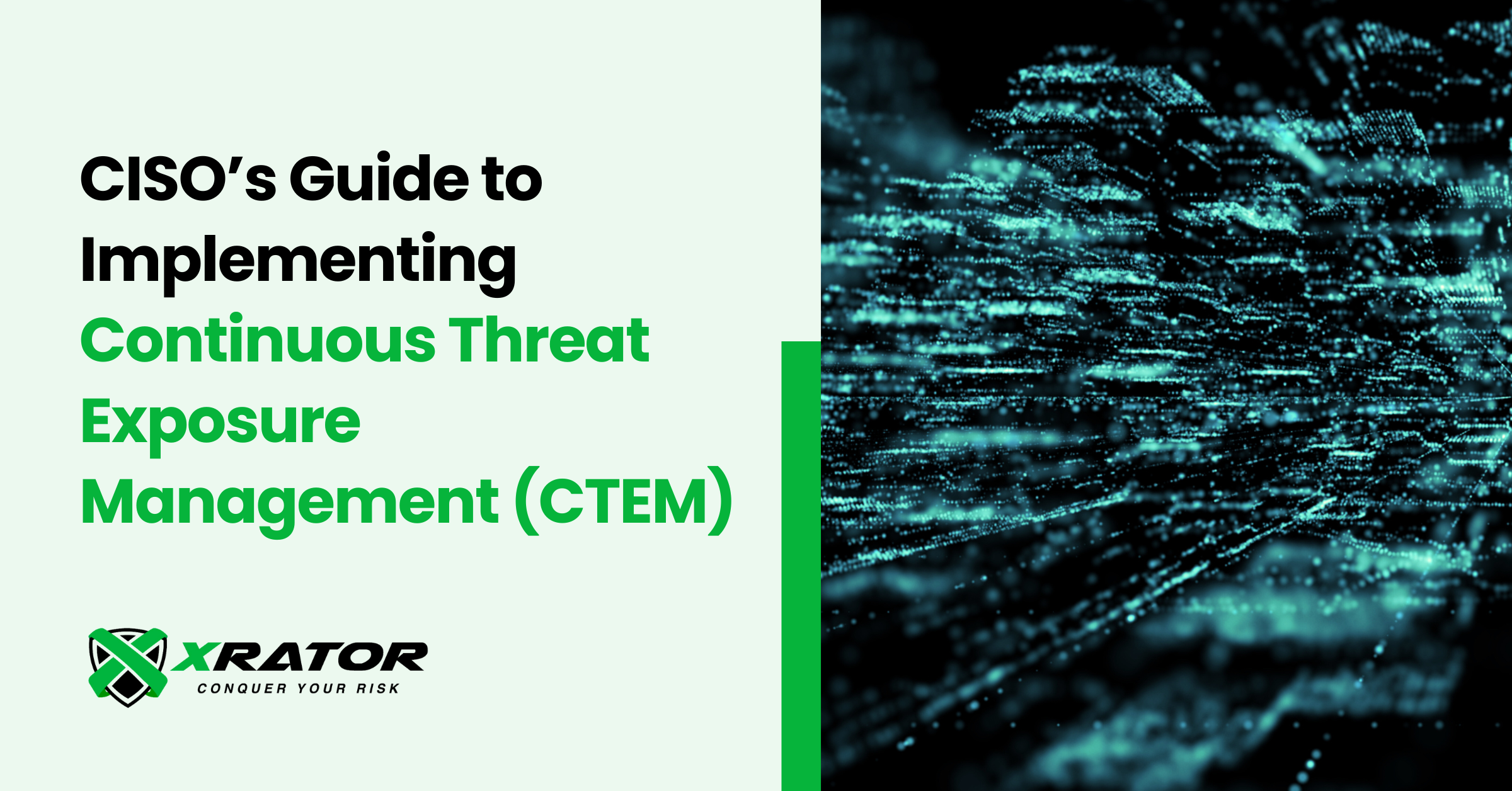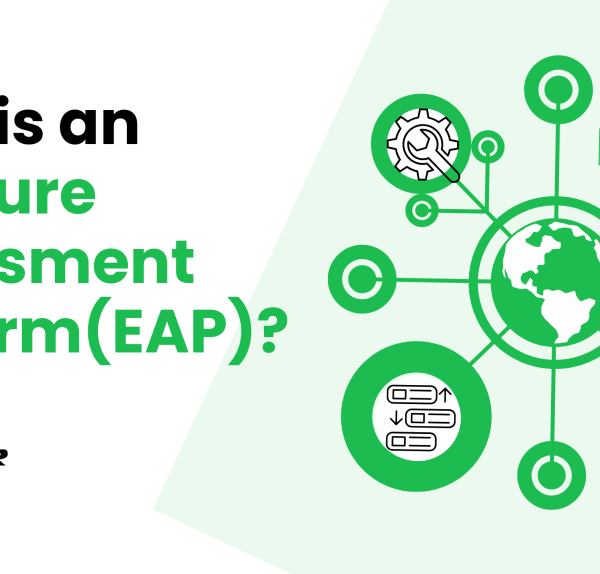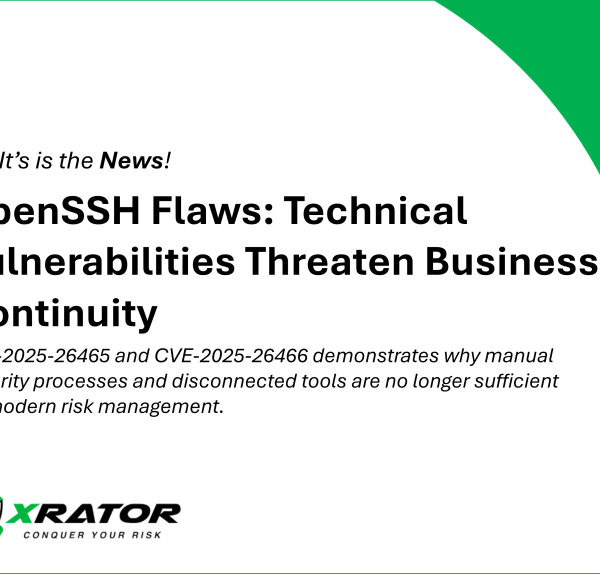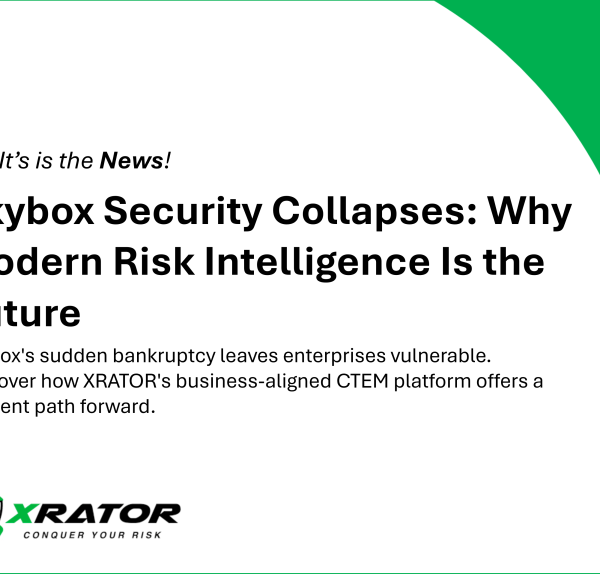In the face of rapidly evolving cyber threats, Chief Information Security Officers (CISOs) are increasingly turning to Continuous Threat Exposure Management (CTEM) to enhance their organizations’ cybersecurity posture. Gartner stated that what’s needed is a continuous threat exposure management (CTEM) program that surfaces and actively prioritizes whatever most threatens your business. Creating such a program requires a five-step process. CTEM offers a proactive approach to identifying, assessing, and mitigating threats in real-time. This guide outlines the best practices and key considerations for CISOs looking to implement CTEM effectively.
What You’ll Find in This Guide:
Understanding CTEM
Learn the fundamentals of Continuous Threat Exposure Management and how it differs from traditional cybersecurity methods.
Best Practices for Implementing CTEM
– Establishing clear objectives for your CTEM program.
– Developing a comprehensive asset inventory.
– Leveraging advanced threat intelligence.
– Implementing continuous monitoring and automating risk assessment.
– Fostering cross-departmental collaboration and training.
– Integrating CTEM with existing security tools.
Key Considerations
– Aligning CTEM objectives with business goals.
– Focusing on high-risk areas first.
– Balancing automation with human oversight.
– Adapting to evolving threats and ensuring regulatory compliance.
Discover how to implement a robust CTEM strategy to stay ahead of cyber adversaries. Download below the guide now to secure your organization’s future.






